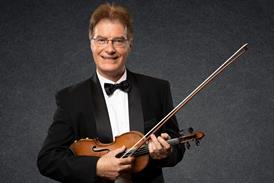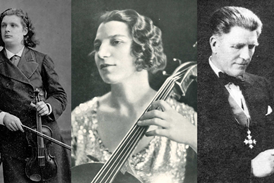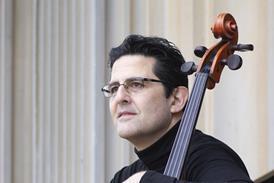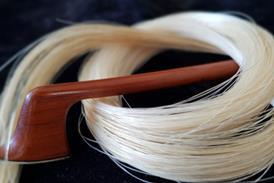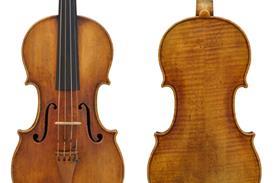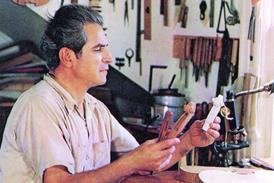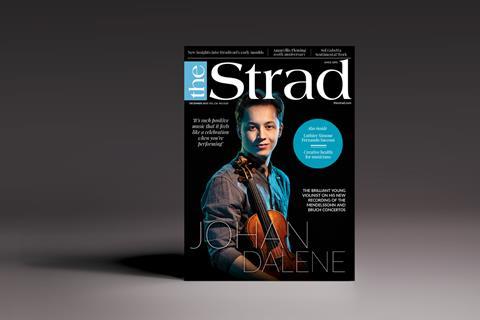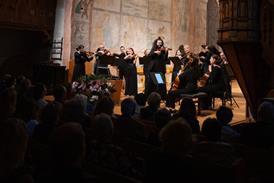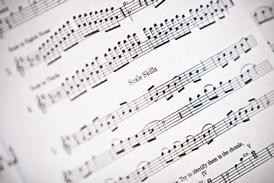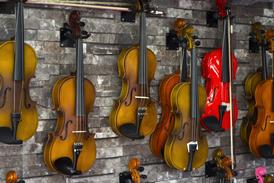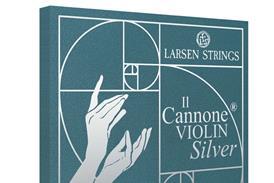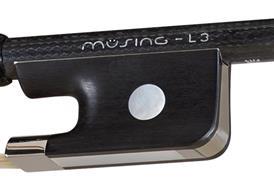- News
- For Subscribers
- Student Hub
- Playing Hub
- Directory
- Lutherie
- Magazine
- Magazine archive
- Whether you're a player, maker, teacher or enthusiast, you'll find ideas and inspiration from leading artists, teachers and luthiers in our archive which features every issue published since January 2010 - available exclusively to subscribers. View the archive.
- Jobs
- Shop
- Podcast
- Contact us
- Subscribe
- School Subscription
- Competitions
- Reviews
- Debate
- Artists
- Accessories
Trade Secrets: Recreating original purfling

Precision and care are prerequisites for this detailed restoration method
Often the smallest details in the restoration process yield the most satisfying results. Recreating small sections of purfling that are missing, degraded, or have been poorly replaced is both challenging and fun. Replacement purfling also adds structural integrity to the plates and does not call attention to edge, corner or button replacements or to itself.
The first step of identifying what specific woods, cuts of woods and materials were used in the original purfling can be the most difficult. Sometimes additional analysis is required. On a cello by David Tecchler, the purfling material was dyed beech, with metal for the centre strip. I sent a very small sample off to a metallurgical laboratory. The report supplied enough information to locate and procure bars of pewter that were of a similar composition. Making the replacement purfling was difficult but ultimately successful, and was so much better than the lead solder that had previously been used to fill in the sections of missing purfling.
Already subscribed? Please sign in
Subscribe to continue reading…
We’re delighted that you are enjoying our website. For a limited period, you can try an online subscription to The Strad completely free of charge.
* Issues and supplements are available as both print and digital editions. Online subscribers will only receive access to the digital versions.

